How to create a native landscape in 2025 – experts reveal eco-friendly gardening secrets to transform your plot
Creating a space that is in sync with the wider ecosystem is not as complicated as you might think
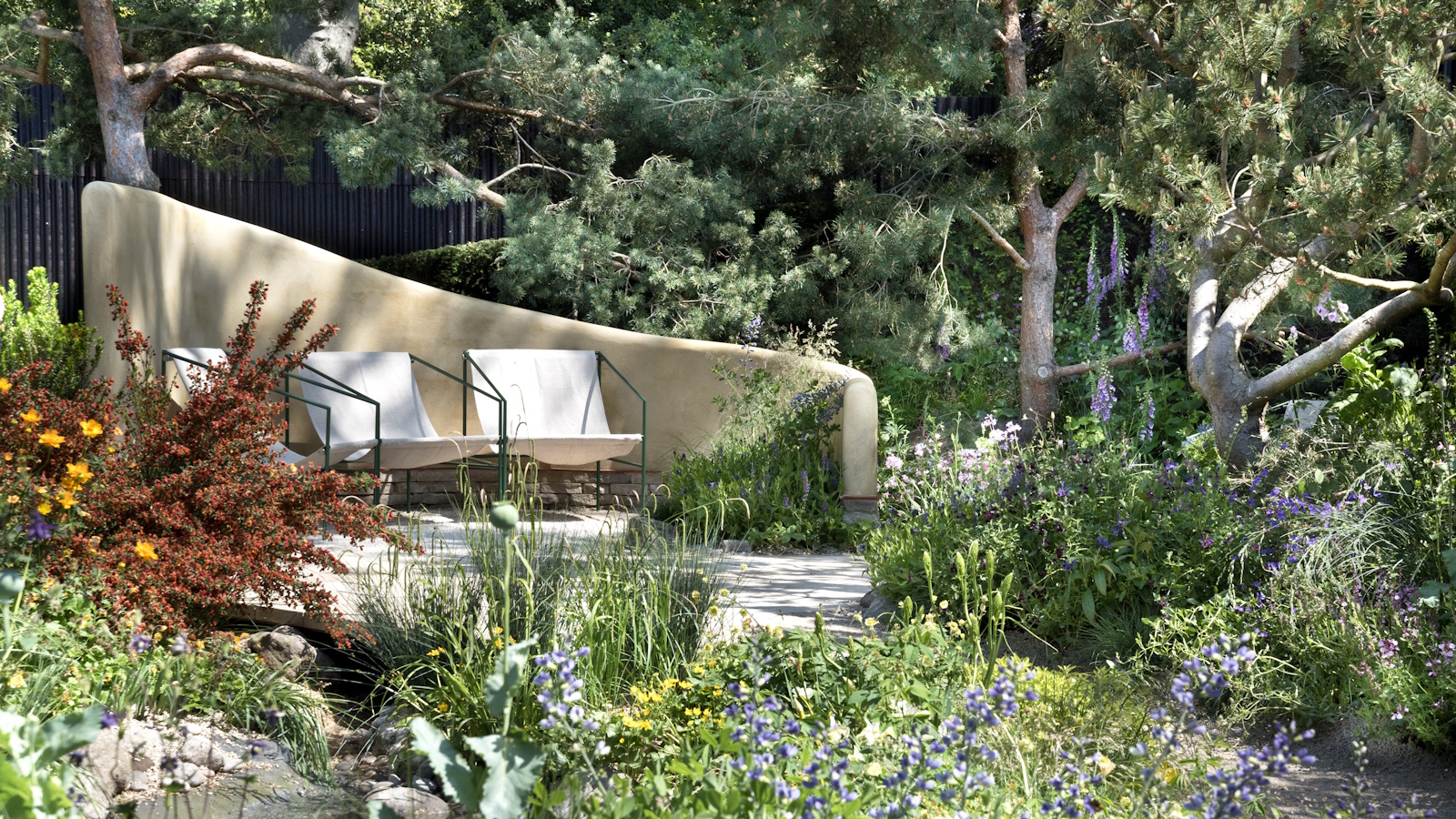

If you are thinking about making your yard more sustainable or eco-friendly in the coming year, have you considered creating a native landscape? To me, creating and nurturing a space that is in sync with the wider ecosystem is far more than a fad or gardening trend - it is a way to build a yard that is beautiful, biodiverse, resource-efficient, and in sync with the landscape beyond the garden fence.
As a former professional gardener, I have worked in many different gardens, and whether growing in Wales, England, or Italy, working with the wider landscape and using plants that are native to your region is a surefire way to success. In Tuscany, for example, fragrant lavender, rosemary and several species of iris all thrive in their native Mediterranean climate, requiring little care or attention despite the scorching summer heat. It made so much more sense to grow these native plants as opposed to thirsty roses or peonies.
Whether you are a beginner who is starting from scratch or looking to transform your existing garden with sustainable garden landscaping methods, learning how to create a native landscape will be both rewarding and impactful, not just for yourself but for the local environment too. Here, garden experts reveal top tips on how to achieve this.
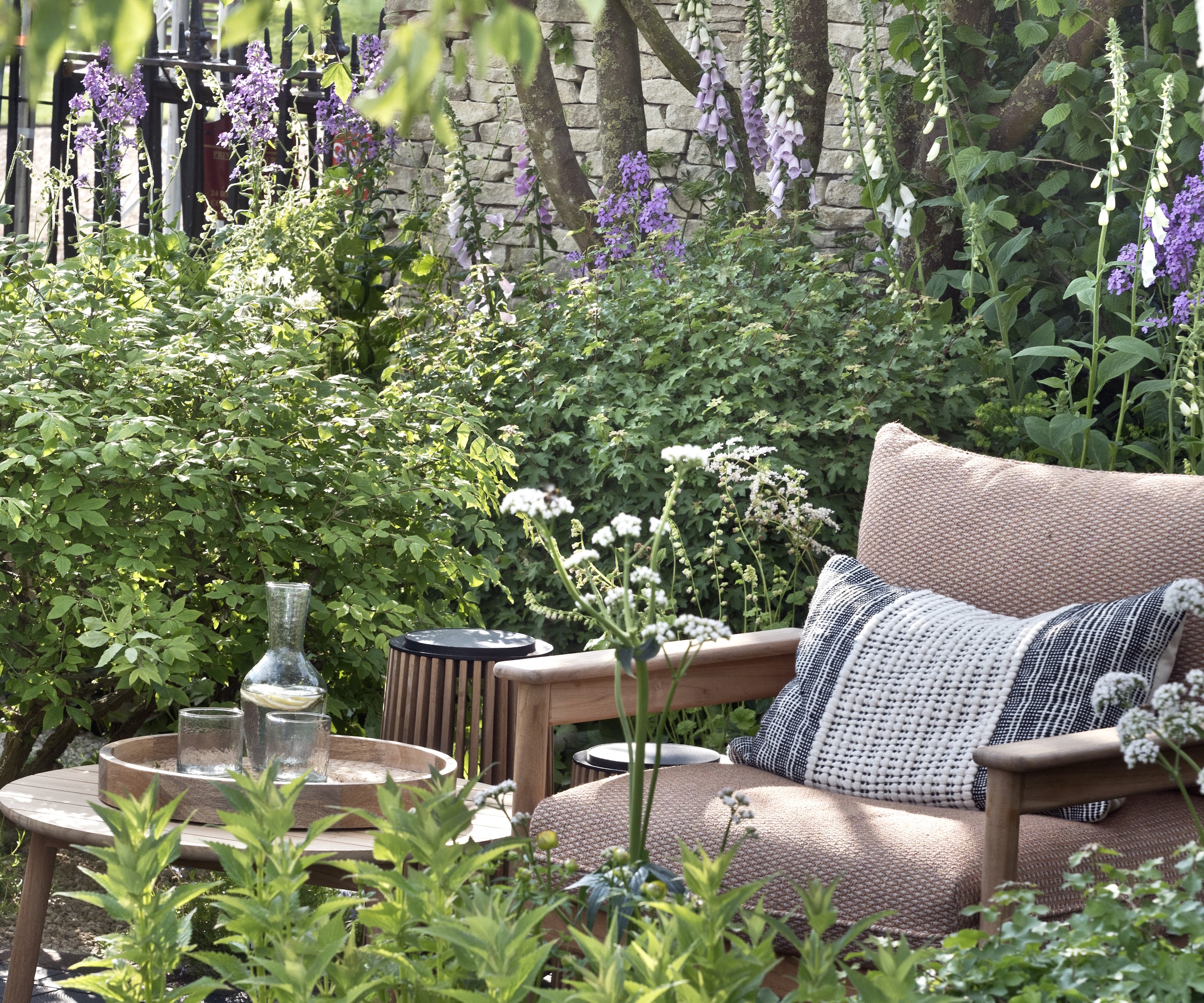
How to create a native landscape
Building a native landscape needn't be daunting. There are easy and simple garden ideas that can have an impact in the following year, all without breaking the bank. Here, I share tips on plant selection, design principles, wildlife and garden maintenance, helping you to enjoy an eco-friendly native landscape just outside your back door.
Understanding your region’s native flora
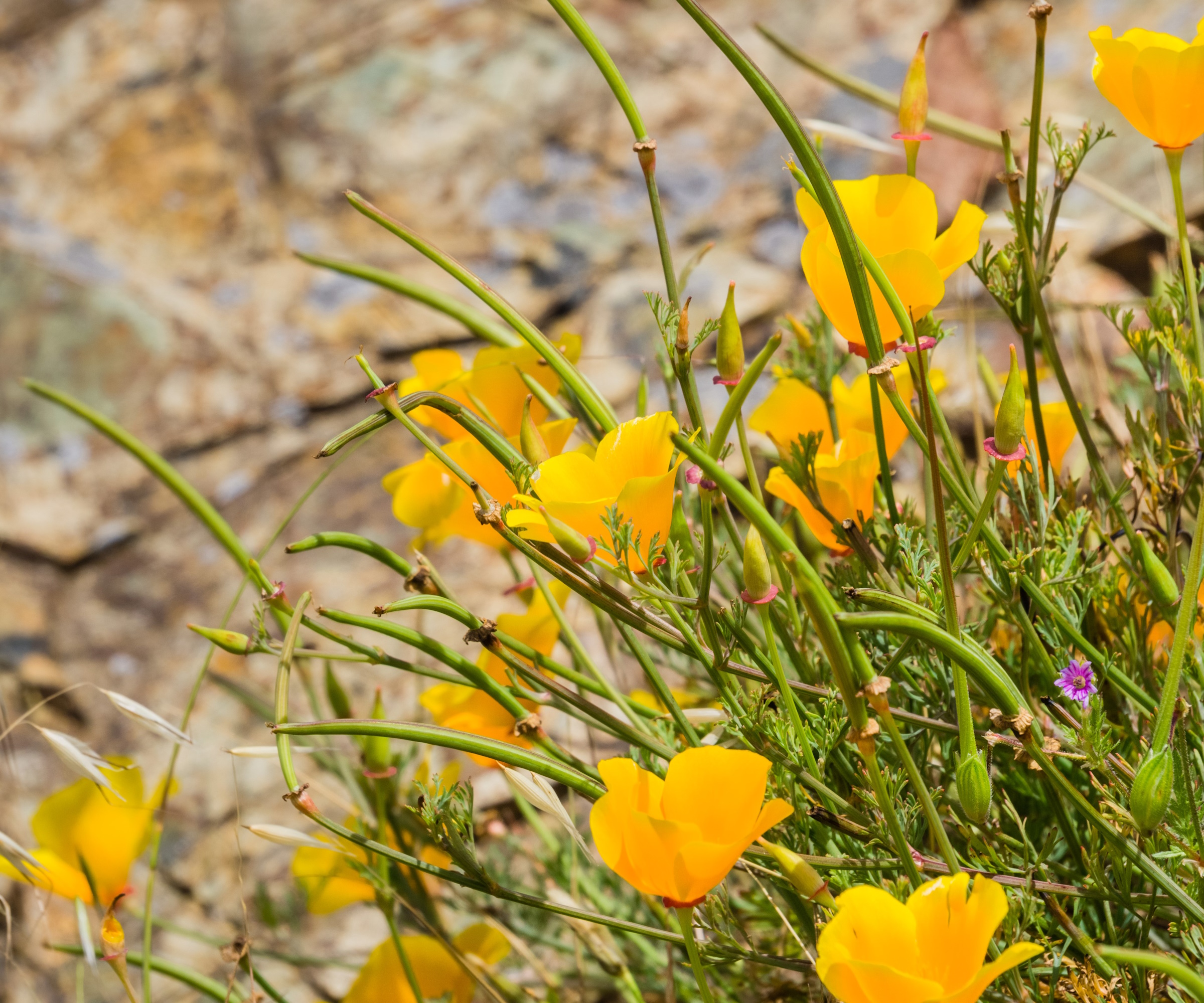
'To create a native landscape, think local,' says Tim Heneveld, garden expert and Country Director for Pergolux in North America. 'The goal is to work with your environment, not against it. Think about what you find growing locally - what can see when you drive in fields and along the roadside?
'Often, these native plants will prove to be tough and resilient,' Tim continues. 'Just think of some of our best native grasses that are beautiful and drought-resistant, such as little bluestem or California fescue. All you need to do is find out what grows locally in your ecosystem, and replicate it.' Little bluestem live plants are available from Amazon.
If you want to find out more information, the US Fish and Wildlife Service has a native plant list that will help you to identify what grows in your region. While the term 'native' can be applied countrywide, with such vast and diverse terrains in different parts of North America, it is good to focus on plants close to home.
For example, if you reside in San Diego and want to know more about California native planting, finding out what grows in sunny, southern climates around the western coast is a good idea.
'Native irises are perfect perennials to grow and we are lucky to have so many beautiful options that grow across North America,' says Maya Argaman, native plant expert and Horticulture Senior Program Coordinator at the California Native Plant Society.
'Native species from the local environment will prove far tougher than other options,' Maya adds. 'Most native irises will tolerate direct sun, poor drainage and high moisture, thriving when planted next to a creek or in a naturally wet area.'
One example would be the Douglas iris, Iris douglasiana, native to the Pacific coast in California and Oregon, or the Rocky Mountain iris, Iris missouriensis, which grows at high elevations in alpine environments across North America. Rocky Mountain iris seeds are available from Amazon.
Growing native plants that thrive in your region will prove to be both impactful and practical, as most species will have evolved to tolerate the climate and conditions found in your locality, including the soil. For this reason, using native planting is the best way to create an eco-friendly garden.

Tim Heneveld, Country Director for Pergolux in North America, is an entrepreneur with a background in sales and a visionary approach. Focused on establishing Pergolux as the leading provider of louvered pergola kits in the US, Tim is known for his down-to-earth leadership style. He drives the company’s success by cultivating innovation.

Maya is the Horticulture Senior Program Coordinator at the California Native Plant Society. She graduated from UC Davis with a degree in Environmental Science and Management, where she fell in love with native plants in both the natural and built environment.
Design using native and natural materials
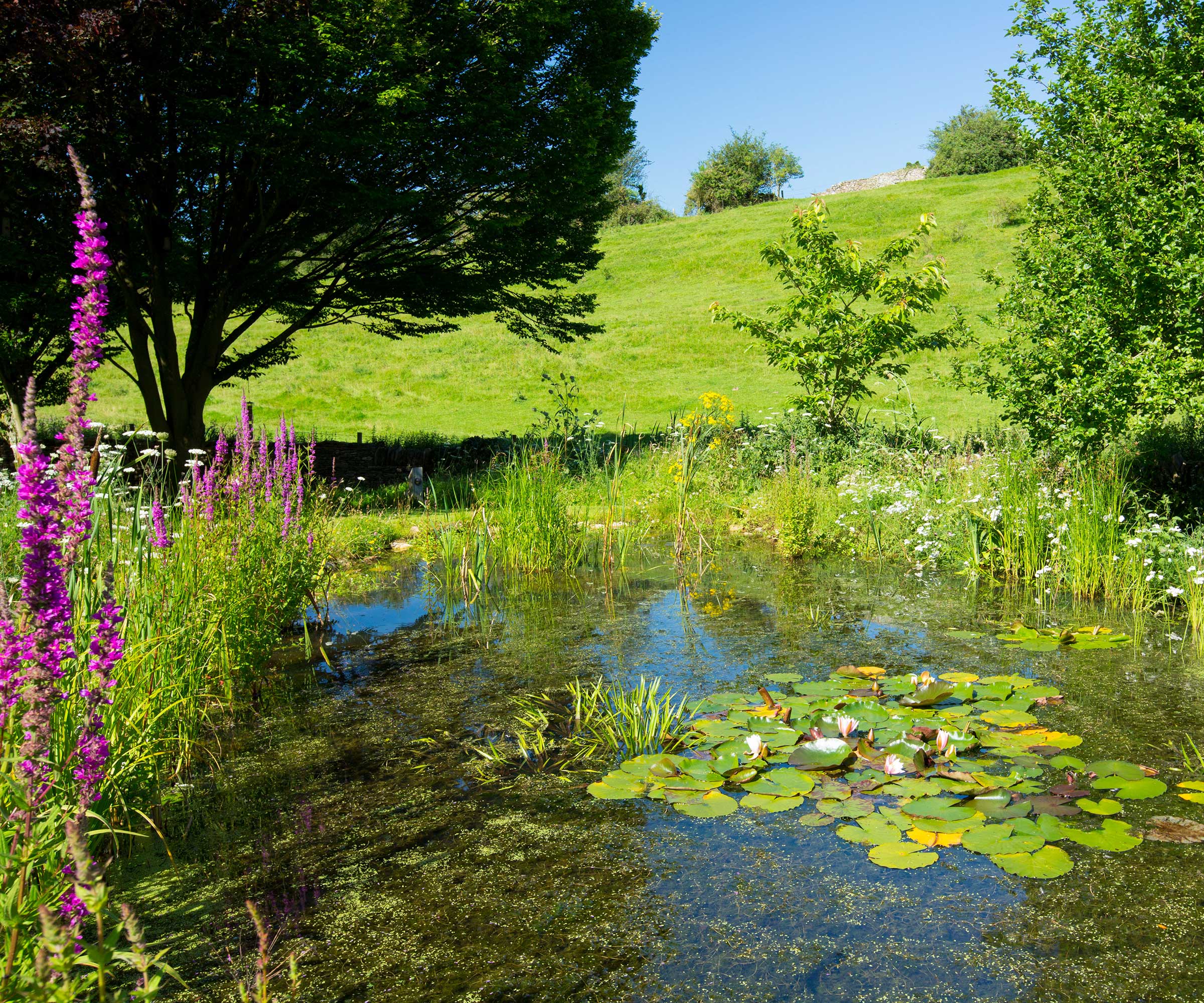
'Structure matters in any garden design, but for a native landscape, think about using local and natural elements,' says Tim Heneveld. 'Think about using stone pathways, wood accents, and a sleek pergola made of natural materials, which can tie it all together while keeping the space functional.
'The aim is simple but intentional,' Tim adds, 'so you want to design a yard that’s not just a pretty garden but is a sustainable, living ecosystem that feels as good as it looks.'
As Tim says, using natural materials that are local to your home is a good idea both for the environment and for the look and feel of your yard.
So, if you are looking for patio flooring ideas or paved backyard ideas, consider asking a local stone merchant what materials can be used, including wood that has been harvested or stone that has been quarried nearby. For example, limestone has long been quarried in Illinois, whereas in Texas, Massachusetts and Indiana, granite is plentiful.
Reusing old materials is another option that is cost-effective and good for the environment. Sustainability is more than just a garden industry trend and will continue to dominate how we think and design gardens for years to come. Stone slabs, metal frames and wooden structures can all be found in junkyards or furniture sales and should be a consideration.
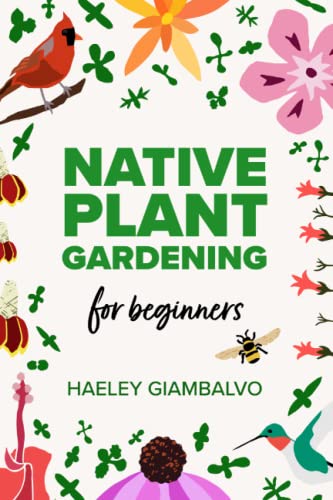
Native Plant Gardening by Haeley Giambalvo is a great book to buy for yourself or as a gift if you are wanting to learn all about native plants. Not only will your garden look great, but it will provide food and habitat for insects, birds, and other wildlife.
Maintenance tips for native gardens
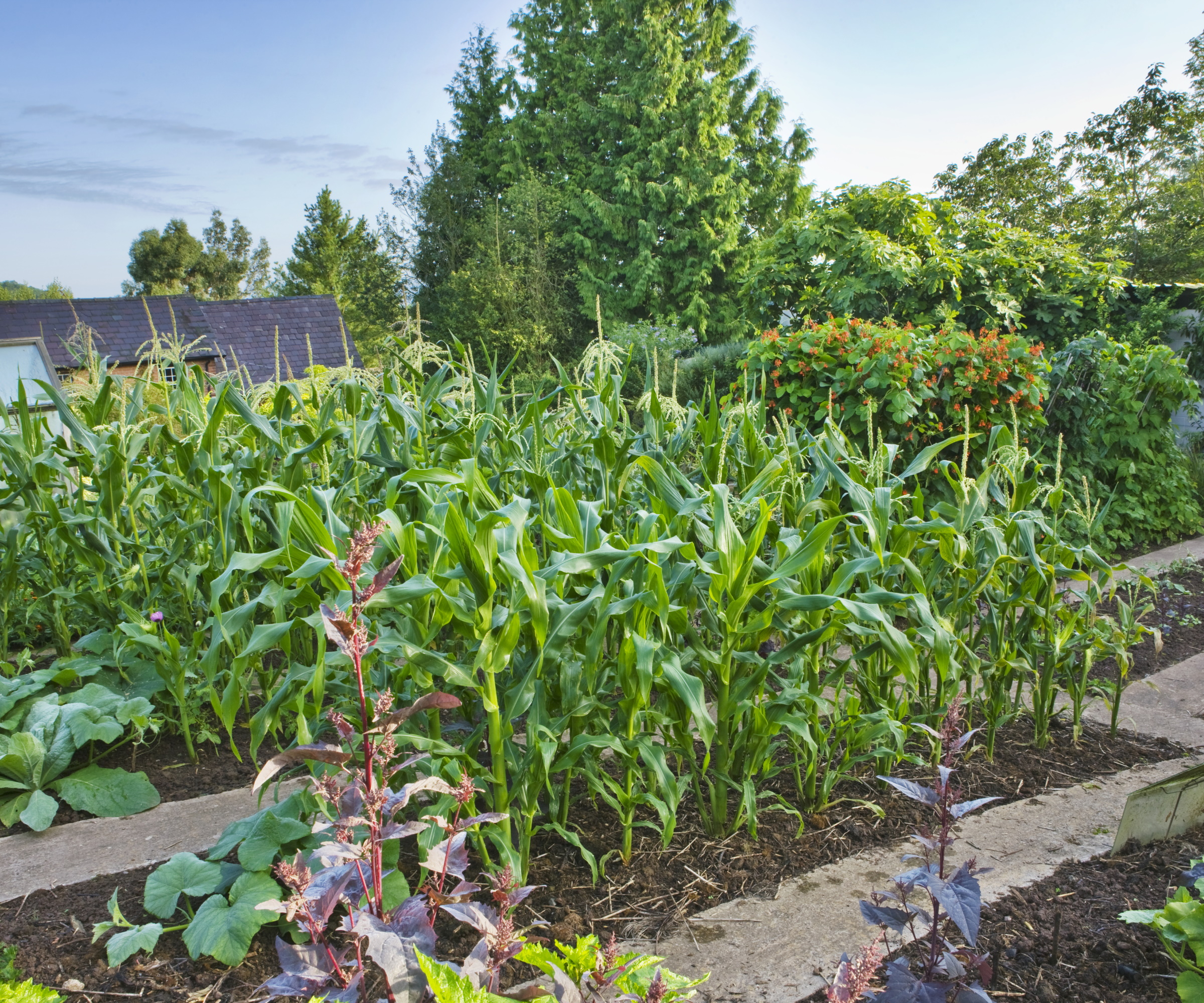
If you like the sound of creating a native landscape in the coming year, another rule to adhere to is going organic. In the wild, beyond towns, farms and cities, no inorganic fertilizers, pest sprays or chemicals are found, and for this reason, nature and wildlife thrive.
'To create a native landscape, avoid pesticides and chemicals at all costs,' says Valeria Nyman, garden expert and Chief Product Officer at Taim.io, a platform that empowers people to grow their own vegetables.
'They are the kryptonite to beneficial bugs and insects. Remember that everything works in a cycle, so removing the bugs from your yard with harmful sprays will impact frogs, birds and other animals.'
For this reason, consider removing chemicals from your gardening jobs this coming year. Instead, consider organic approaches and permaculture gardening, 'focusing on working with nature rather than against it.'
There are many different permaculture gardening projects that can help to create a more sustainable and thriving backyard, some small and some big. For example, simply using organic mulch and compost is a good start. Organic compost is available from Walmart. Alternatively, you can read up on the no-dig gardening method, which avoids breaking up, lifting or turning the soil to improve soil health and structure with minimal effort.

Valeria is the Chief Product Officer at Taim.io, an innovative platform that serves as a personal, adaptive gardening coach, offering tailored weekly advice to users. As a Product Designer and strategic leader, Valeria bridges the gap between business vision and user-centered design, crafting intuitive experiences that drive both engagement and satisfaction.
Maximize wildlife in your plot
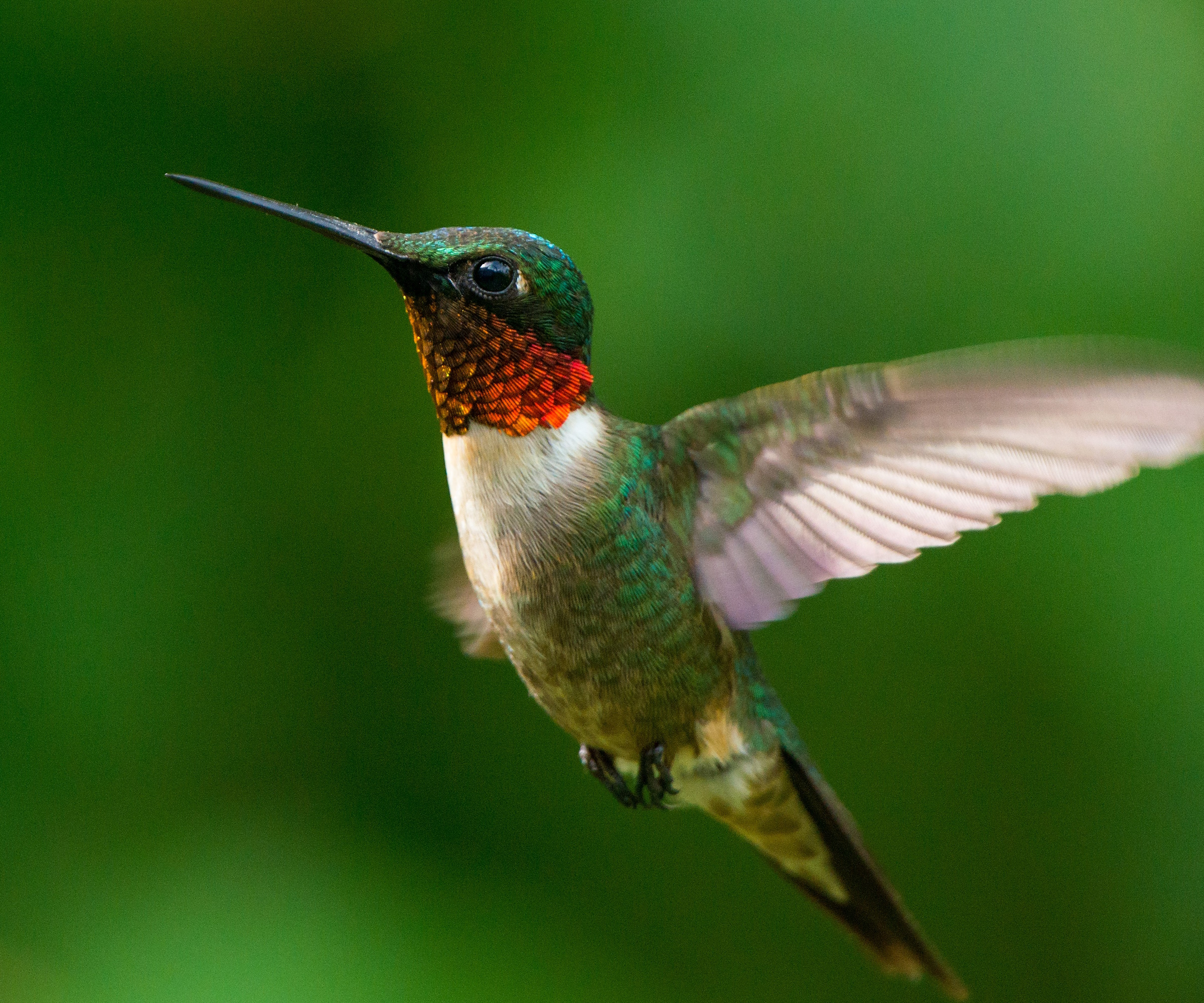
Finally, in any native landscape, you want to include as many wildlife garden ideas in your yard as possible. 'Think about different ways to attract pollinators and birds,' says Valeria Nyman.
'Why not add perches, birdhouses, bee and bug hotels to help increase biodiversity in your plot,' Valeria adds. 'On that note, consider dead wood piles. A fallen log or brush pile becomes a hotel for critters like beetles, and lived-in gardens are very on trend right now.
'In addition, think about water sources,' Valeria says. 'A pond would be ideal, but if you do not have the space, a simple birdbath can turn your yard into a rest stop for different species. This is particularly important for traveling birds, notably the hummingbird migration. Mini pond kits are available to order from Walmart.
If you are keen to observe wildlife in your yard and want to take high-resolution images, consider investing in bird feeder cameras this year. This subtle but effective technology allows you to feed and encourage birds in your yard, while also enjoying photographs to share with family and friends. Birdfy feeder cameras are available to order from Walmart.
FAQs
How can I make my small balcony a native landscape?
Even in small spaces, such as balconies, patios and terraces, you can create a native landscape. In fact, in these spaces where the wind and sun can prove challenging, using native plants is your best chance of success. I recommend opting for native prairie planting that can handle fluctuating weather patterns, sticking with a smaller palette that you can repeat for impact. Try combining native grasses like blue grama, combined with blue vervain and black-eyed Susan blooms. This long-lasting and low-maintenance design will help to encourage native pollinators to your plot, whatever the size.
For more inspiration on native planting, see our guide to the High Line of New York City. Often labeled as one of the most important modern garden developments of the last century, the High Line is not only a beautiful space, but it also includes many native species that can thrive despite frozen winters and searing summers in US hardiness zone 7.
Sign up to the Homes & Gardens newsletter
Design expertise in your inbox – from inspiring decorating ideas and beautiful celebrity homes to practical gardening advice and shopping round-ups.

Thomas is a Content Editor within the Gardens Team at Homes and Gardens. He has worked as a professional gardener for both public spaces and private estates, specializing in productive gardening, growing food and flowers. Trained in Horticulture at the Garden Museum, he has written on gardening and garden history for various publications, including The English Garden, Gardens Illustrated, Hortus, The London Gardener and Bloom. He has co-authored a Lonely Planet travel book, The Tree Atlas, due out in 2024.
-
 ‘It leads to more headaches than it's worth’ – 4 reasons you should never store things in your oven, including fire risks and serious illness
‘It leads to more headaches than it's worth’ – 4 reasons you should never store things in your oven, including fire risks and serious illnessYour oven is for cooking, and cooking only, experts urge
By Chiana Dickson
-
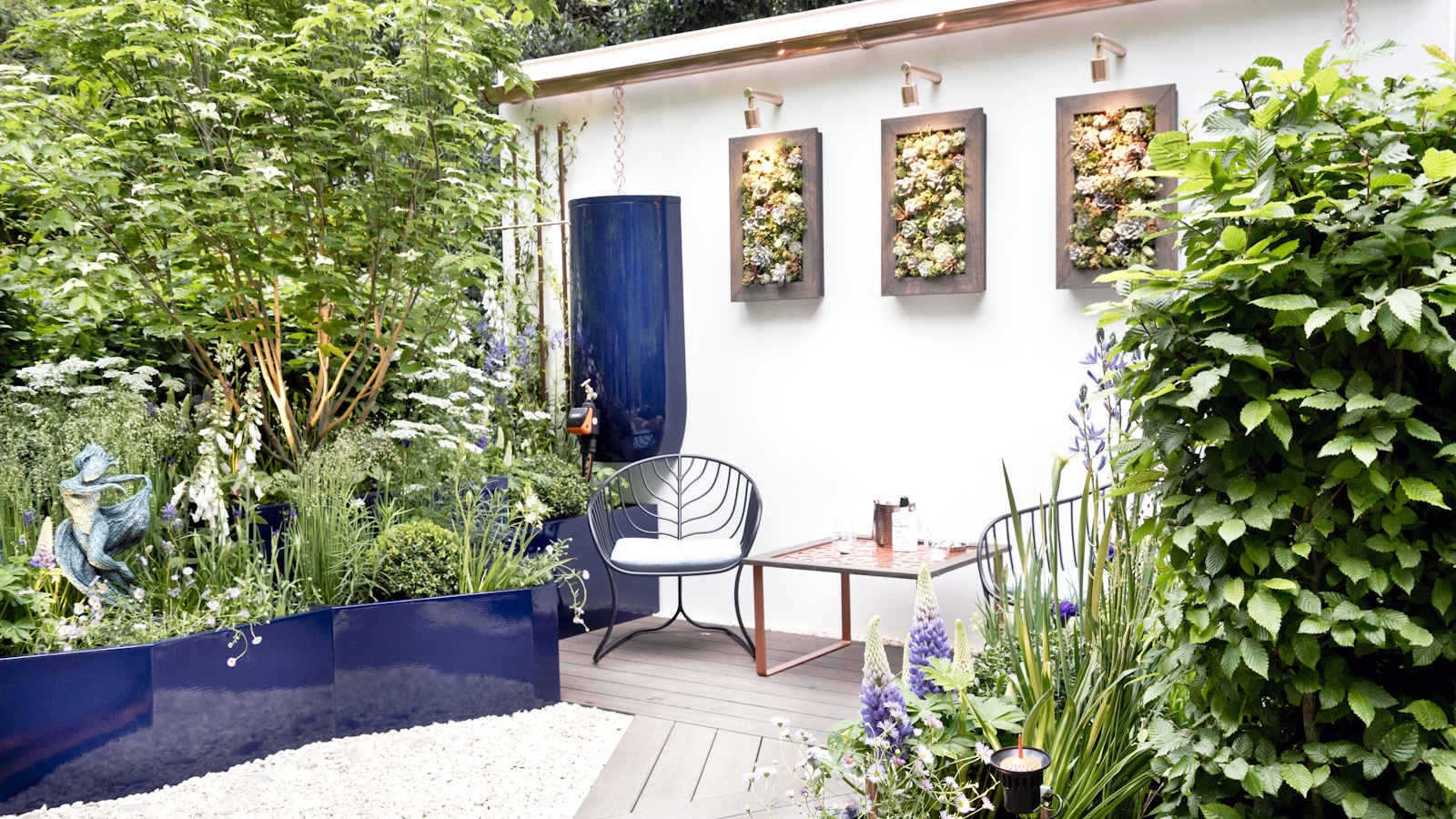 Urban gardening ideas – 7 creative ways to grow in small spaces, balconies, containers, indoors, and more
Urban gardening ideas – 7 creative ways to grow in small spaces, balconies, containers, indoors, and moreMake the most of your space with these innovative ways to garden
By Tenielle Jordison
-
 How to grow sassafras – for a low-maintenance native tree that can even be planted in shady yards
How to grow sassafras – for a low-maintenance native tree that can even be planted in shady yardsFor an easy-to-grow North American tree, you will not find much better than sassafras
By Thomas Rutter
-
 How to grow crepe myrtle in pots – and transform even the smallest of yards with dazzling flowers this summer
How to grow crepe myrtle in pots – and transform even the smallest of yards with dazzling flowers this summerGrowing crepe myrtles in pots will inject splashes of brilliant color into your outside space
By Thomas Rutter
-
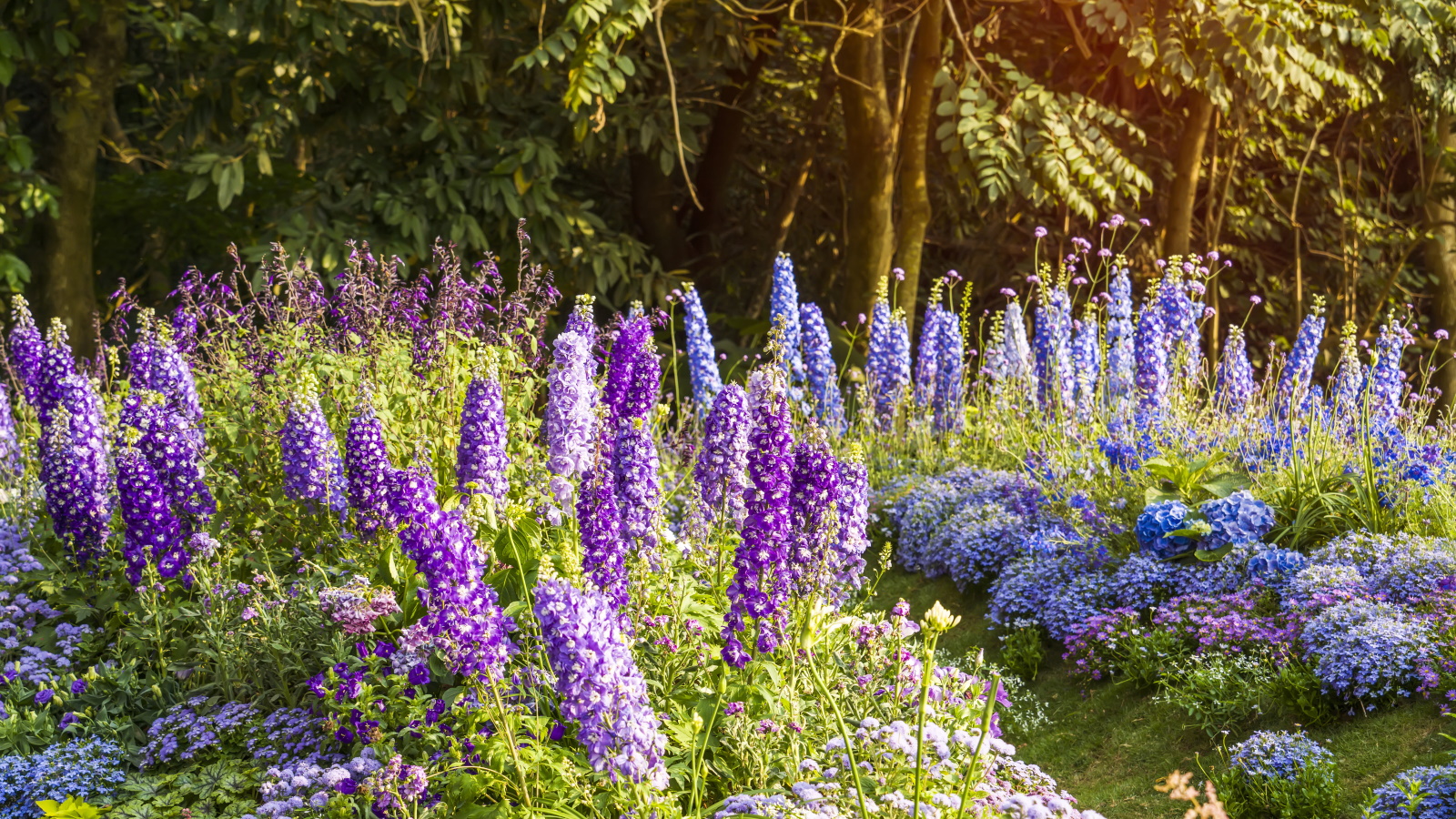 Best types of delphiniums – 14 stunning varieties for vibrant flower spikes in your yard
Best types of delphiniums – 14 stunning varieties for vibrant flower spikes in your yardPlants Here are our top types of delphiniums for brightening summer borders
By Holly Crossley
-
 How to grow impatiens – garden experts reveal the secrets to growing this shade-tolerant, sparkling summer plant
How to grow impatiens – garden experts reveal the secrets to growing this shade-tolerant, sparkling summer plantBoth 'Busy Lizzie' and 'New Guinea' impatiens can thrive in shady yards
By Ellen Wells
-
 How to grow astilbe – expert advice on cultivating this shade-tolerant flowering perennial
How to grow astilbe – expert advice on cultivating this shade-tolerant flowering perennialShade-tolerant and pest-resistant - astilbe are hardy and tough perennials that can thrive in many settings
By Ellen Wells
-
 7 native perennials to plant in April – for glorious flowering displays to attract bees, butterflies, and hummingbirds
7 native perennials to plant in April – for glorious flowering displays to attract bees, butterflies, and hummingbirdsDiscover some of the best perennials to plant in April to make your garden a hotspot for wildlife
By Drew Swainston
-
 Is the viral salt hack the secret to a weed-free patio? A garden expert warns of irreparable, long-term damage – plus reveals the safest way to get results
Is the viral salt hack the secret to a weed-free patio? A garden expert warns of irreparable, long-term damage – plus reveals the safest way to get resultsYou might have seen gardeners on TikTok or Instagram using salt to kill weeds in pavers, but this hack should be avoided at all costs
By Thomas Rutter
-
 Worst-smelling plants to avoid – experts reveal 5 pungent species and suggest perfumed options to grow instead
Worst-smelling plants to avoid – experts reveal 5 pungent species and suggest perfumed options to grow insteadThese are some of the worst-smelling plants that can cause quite a stink
By Thomas Rutter